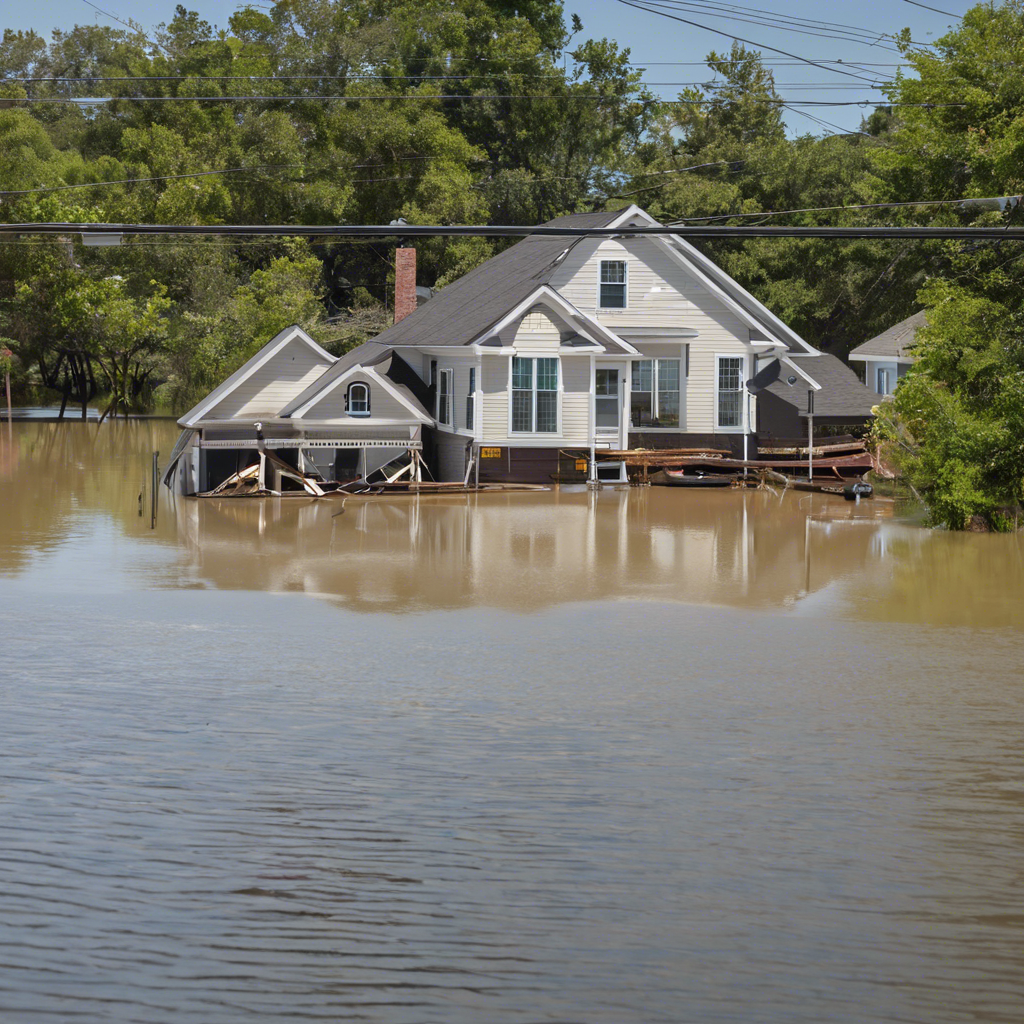Climate change is having a significant impact on flood insurance rates, with many areas experiencing increased premiums as a result of changing weather patterns and rising sea levels. As extreme weather events become more frequent and severe, the risk of flooding is also on the rise, leading to higher costs for homeowners and businesses seeking insurance coverage.
In recent years, the insurance industry has been forced to reevaluate its approach to flood coverage in light of the changing climate. Insurers are now taking into account the increased likelihood of flooding when determining rates, which has resulted in higher premiums for many policyholders. Additionally, the growing number of properties at risk of flooding has put added pressure on insurance companies to adjust their pricing models to reflect the new reality of climate change.
One of the key factors driving up flood insurance rates is the increasing frequency of severe weather events, such as hurricanes, heavy rainfall, and storm surges. These events can lead to widespread flooding, causing extensive damage to homes and businesses in affected areas. As a result, insurers are facing higher payouts for flood-related claims, prompting them to raise rates to cover their costs.
Another consequence of climate change is the rising sea levels, which are putting coastal communities at greater risk of flooding. As sea levels continue to increase, low-lying areas are becoming more susceptible to inundation during storms and high tides. This heightened risk of coastal flooding has forced insurers to reassess their exposure in these regions and adjust their rates accordingly.
In addition to the physical impact of climate change on flood risk, there are also regulatory changes that are influencing insurance rates. In some cases, government policies aimed at addressing climate change are affecting the availability and affordability of flood insurance. For example, the National Flood Insurance Program (NFIP) in the United States has undergone reforms in recent years to better reflect the true cost of flood risk, leading to higher premiums for many policyholders.
The relationship between climate change and flood insurance rates is a complex and evolving issue that requires careful consideration from both policymakers and insurers. As the effects of climate change become more pronounced, the insurance industry will need to continue adapting its practices to adequately protect policyholders against the growing threat of flooding.
Despite the challenges posed by climate change, there are steps that individuals can take to mitigate their risk and reduce their insurance costs. Investing in flood mitigation measures, such as elevating homes, installing flood barriers, and improving drainage systems, can help reduce the likelihood of flood damage and lower insurance premiums.
Furthermore, community-wide efforts to address climate change and improve resilience can have a positive impact on flood insurance rates. By implementing sustainable land use practices, improving infrastructure, and promoting green building standards, communities can reduce their vulnerability to flooding and create a more resilient environment for residents and businesses.
In conclusion, the impact of climate change on flood insurance rates is a pressing issue that requires proactive measures from both individuals and policymakers. By understanding the link between climate change and flood risk, and taking steps to mitigate that risk, we can work towards building more secure and sustainable communities in the face of a changing climate.
